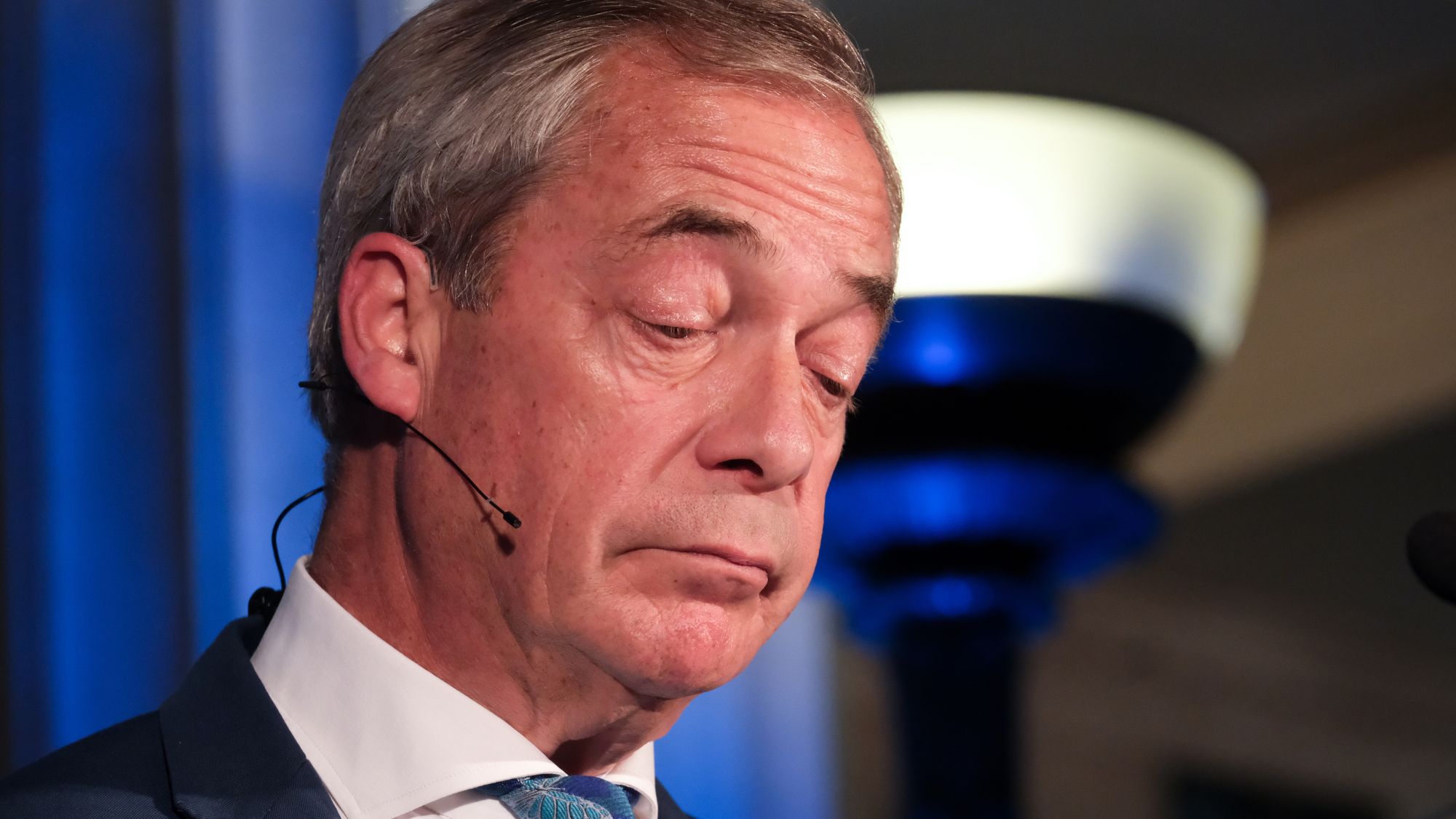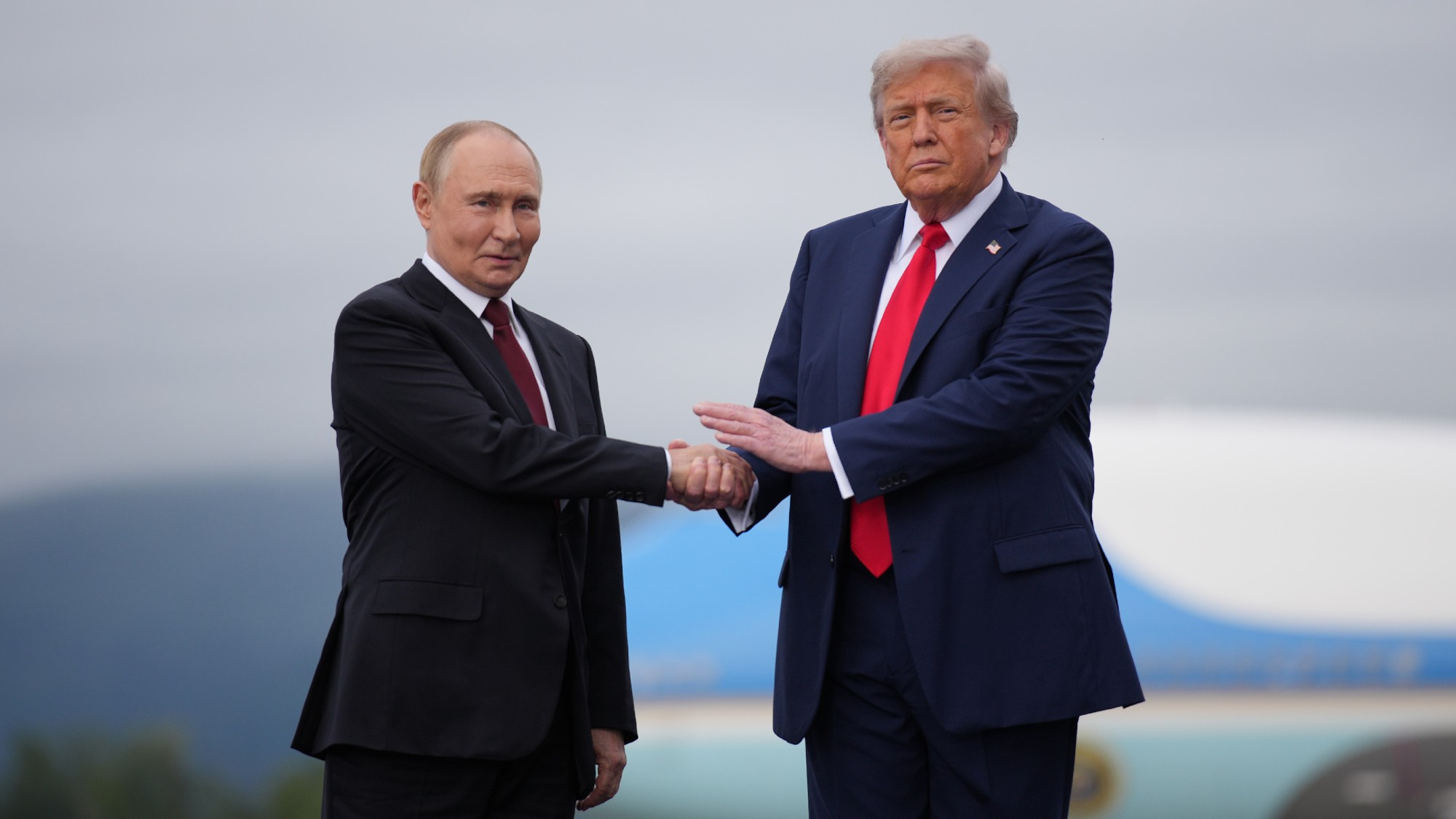Did Obama really save 1 million jobs?
The White House says the stimulus is working, but some say the feds' latest figures on job creation just don't add up
The most recent data released by the White House says that the $787 billion federal stimulus program has created or saved 640,000 jobs—more than half of them in the nation's schools. Adding employment from money spent on aid to states and unemployment benefits brings the tally to 1 million jobs, according to the administration. Did the stimulus really save 1 million jobs, and, if so, is that enough? (Watch commentary on whether the stimulus plan saved and created jobs)
The stimulus created jobs, but we need more: The economic stimulus "is working just about the way textbook macroeconomics said it would," says Paul Krugman in The New York Times. Its effects build over time, and soon the number of jobs saved will rise to 3 million. Unfortunately, "the same textbook analysis says that the stimulus was far too small given the scale of our economic problems."
The Week
Escape your echo chamber. Get the facts behind the news, plus analysis from multiple perspectives.

Sign up for The Week's Free Newsletters
From our morning news briefing to a weekly Good News Newsletter, get the best of The Week delivered directly to your inbox.
From our morning news briefing to a weekly Good News Newsletter, get the best of The Week delivered directly to your inbox.
You can't trust the White House numbers: The Obama administration is trying "to spin the tepid job creation" sparked by the stimulus into an economic success, say the editors of The Detroit News. But the Associated Press checked the White House figures and found "numerous exaggerations, duplicate counts, and outright misstatements." Obama owes taxpayers an honest accounting—"policy should be based on real numbers, not propaganda."
The numbers are believable but not impressive: The White House is bragging about these 640,000 jobs, says Daniel Indiviglio in The Atlantic, but the numbers is not very impressive if you do the math. It means we spent $230,000 to create each job. "That seems kind of expensive to me," especially since "this is a virtual blip compared to the vast population" of 15 million unemployed Americans.
"The stimulus saved 650,000 jobs? I'm not impressed."
A free daily email with the biggest news stories of the day – and the best features from TheWeek.com
The 'jobs saved' number doesn't matter: It means nothing to say that Obama and the stimulus saved 640,000 jobs, or 1 million, says Edward P. Lazear in The Wall Street Journal. What matters is the net jobs gain—which is lower, assuming that some of the people who got the stimulus-created positions left old jobs that went unfilled. So look at the number that matters—the unemployment rate, which is 9.8 percent—and you get a more accurate, and gloomier, picture of where we stand after all that stimulus spending.
-
 Nigel Farage: was he a teenage racist?
Nigel Farage: was he a teenage racist?Talking Point Farage’s denials have been ‘slippery’, but should claims from Reform leader’s schooldays be on the news agenda?
-
 Pushing for peace: is Trump appeasing Moscow?
Pushing for peace: is Trump appeasing Moscow?In Depth European leaders succeeded in bringing themselves in from the cold and softening Moscow’s terms, but Kyiv still faces an unenviable choice
-
 Crossword: November 29, 2025
Crossword: November 29, 2025The daily crossword from The Week
-
 Has Zohran Mamdani shown the Democrats how to win again?
Has Zohran Mamdani shown the Democrats how to win again?Today’s Big Question New York City mayoral election touted as victory for left-wing populists but moderate centrist wins elsewhere present more complex path for Democratic Party
-
 Millions turn out for anti-Trump ‘No Kings’ rallies
Millions turn out for anti-Trump ‘No Kings’ ralliesSpeed Read An estimated 7 million people participated, 2 million more than at the first ‘No Kings’ protest in June
-
 Ghislaine Maxwell: angling for a Trump pardon
Ghislaine Maxwell: angling for a Trump pardonTalking Point Convicted sex trafficker's testimony could shed new light on president's links to Jeffrey Epstein
-
 The last words and final moments of 40 presidents
The last words and final moments of 40 presidentsThe Explainer Some are eloquent quotes worthy of the holders of the highest office in the nation, and others... aren't
-
 The JFK files: the truth at last?
The JFK files: the truth at last?In The Spotlight More than 64,000 previously classified documents relating the 1963 assassination of John F. Kennedy have been released by the Trump administration
-
 'Seriously, not literally': how should the world take Donald Trump?
'Seriously, not literally': how should the world take Donald Trump?Today's big question White House rhetoric and reality look likely to become increasingly blurred
-
 Will Trump's 'madman' strategy pay off?
Will Trump's 'madman' strategy pay off?Today's Big Question Incoming US president likes to seem unpredictable but, this time round, world leaders could be wise to his playbook
-
 Democrats vs. Republicans: who are US billionaires backing?
Democrats vs. Republicans: who are US billionaires backing?The Explainer Younger tech titans join 'boys' club throwing money and support' behind President Trump, while older plutocrats quietly rebuke new administration